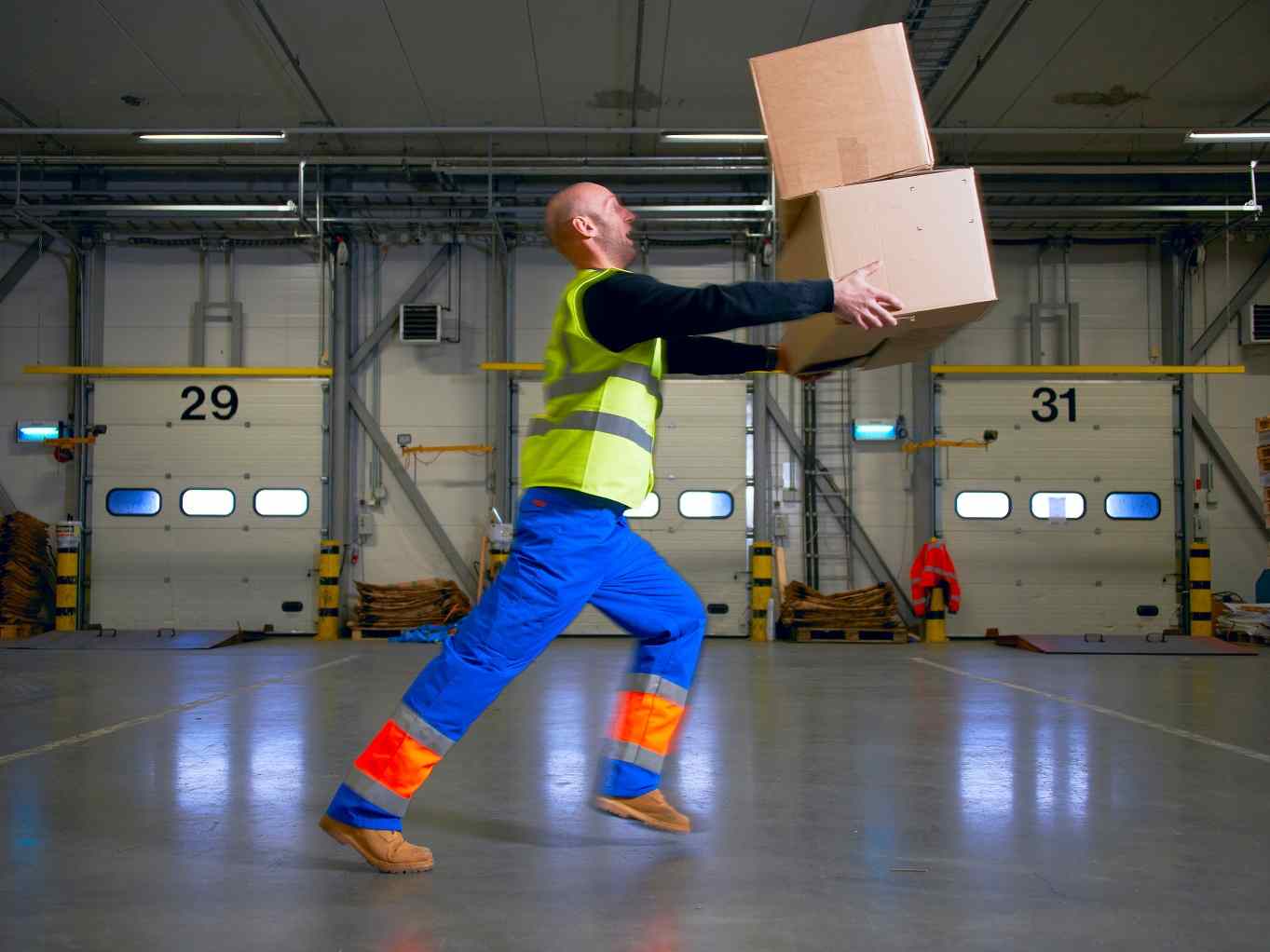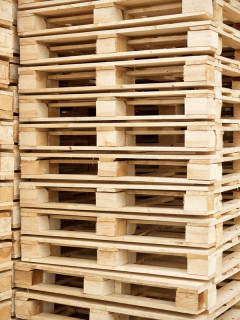Did you know that, according to the official website of the French National Health Insurance, MSDs account for more than 87% of occupational illnesses resulting in sick leave?
Musculoskeletal disorders are typical of jobs involving repetitive movements, and they also occur when a poor posture is maintained. The term MSD covers a range of injuries and lesions often caused by professional activity.
Find out in this article what the symptoms of MSDs are and how they can be prevented in thelogistics business.

What is a Musculoskeletal Disorder?
MSDs are disorders affecting the joint region (muscles, nerves, tendons, ligaments, etc.) They occur after the repetition of movements, even though they are natural to the body (flexion, extension, torsion, etc.).
They are often concentrated in the back and upper limbs:
- Shoulders
- Wrists
- Elbows
Some types of MSD are more dominant than others:
- Carpal tunnel syndrome in the wrist accounts for 38% of MSDs
- Rotator cuff syndrome in the shoulder accounts for 30%
- Epicondylitis of the elbow 22
- Low back pain and lower back pain 7%
Tendonitis and cervical strain syndrome are also present. More rarely, MSDs can occur in the lower limbs, such as knee hygroma.
In logistics, several risk factors are at the origin of the development of WMSDs (work-related MSDs). It is often the combination of several factors that intensifies the development of bodily disorders.
|
Risk factor |
Examples of triggers in the warehouse |
|
Fixed posture |
Static work at the packing station |
|
Repetition of movements |
Chain labelling of cartons |
|
Targeted force constraints |
Continuous unpacking or packing of the same types of products |
|
Work rate without recovery |
Continuous bending and lifting to load cartons |
|
Continuous vibration |
Frequent use of handling equipment |

What are the symptoms of MSDs?
MSDs occur in the body when it is overexposed to intensive physical stresses or strains such as repetitive movements. These disorders do not occur overnight, but are progressive. Symptoms develop gradually after a long period of stress: often years of work.
The evolution of a Musculoskeletal Disorder takes place in several phases:
- At the onset of the disorder, the pain is only felt during the work period. The employee suffers a loss of strength and/or mobility.
- Gradually, the employee experiences pain over a longer period of time: early in the working day, but persistent in the evening at home.
- The final stage in the development of an MSD is the full-blown disease. It is no longer possible to perform one’s duties properly. The symptoms become specific.
If it is only treated in phase three, the MSD may never go away and leave irreversible damage. You can avoid this entirely by encouraging your employees to seek help at the first sign of symptoms.
The following is a timeline of MSD characteristics, the lower a symptom is on the list, the more detrimental it is to the employee’s health:
- Pain at work
- Loss of efficiency
- Persistent pain at rest
- Loss of motivation
- Pathology
- Absenteeism, prolonged sick leave
- Medical treatment
- Reclassification problems (when the employee is physically unfit)
- Functional disability
How is an MSD diagnosed and treated?
The treating physician or the occupational health physician is the one who can identify the patient’s physical injuries. Additional examinations and questions about the employee’s working conditions make it possible to classify, or not, whether the injuries are caused by the work activity.
|
Important: in order for the MSD to be recognised as an occupational disease, the employee must apply to the CPAM (Caisse Primaire d’Assurance Maladie) by providing a medical certificate. |
Once the diagnosis has been made, several approaches to treating the MSD can be considered:
- Application of heat or cold: initially, the doctor may advise the application of heat or cold depending on the pathology for instant relief. Cryotherapy is also a possible treatment method to relieve muscle tension.
- Eliminating movements: changing the position in the company is the first solution to relieve the employee, but it is important to remain vigilant about the development of new MSDs.
- Adapted exercises: osteopaths or physiotherapists propose exercises to be carried out in the office or at home to reduce body tension.
- Medication or surgery: anti-inflammatory medication to relieve pain. Surgery is a last resort in the case of major injuries.
How can MSDs be prevented in the warehouse?
Logistics jobs increase the risk of MSD’s. These jobs require repetitive movements or movements that are hard on the body: carrying heavy loads, handling..
You can reduce the risk of your employees developing MSDs by making a few changes to their working conditions.
- Optimising workstations is important for reducing MSDs, but also for improving productivity. Position the most used tools on the workstation close to the operator, and vice versa. Add seats and stools or a lift table for a more ergonomic workstation.
- Installing an anti-fatigue mat, which is ideal for workplaces with prolonged standing, as it absorbs shocks and improves blood circulation.
- Adapting handling equipment to the operators: moving heavy loads in the warehouse generates a good number of MSDs. Work tools adapted to the morphology of the operators reduce the occurrence of disorders. A constant-level trolley facilitates the picking up of objects at height. A high-lift electric pallet truck also makes it possible to access goods without bending down.
- Regular medical surveillance, which is important for physical jobs. The occupational health service has all employees undergo an examination when they are hired and then every two years.
- Training employees in anti-MSD gestures: we offer tailor-made training courses for your company’s team leaders and operators, provided by qualified osteopaths or trainers specialising in musculoskeletal disorders.
The development of MSDs in logistics employees is common. To avoid the consequences of MSDs, you need to prevent their occurrence by optimising workstations and training teams.
Read on for our article on avoiding musculoskeletal risks in order picking.















